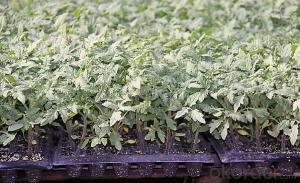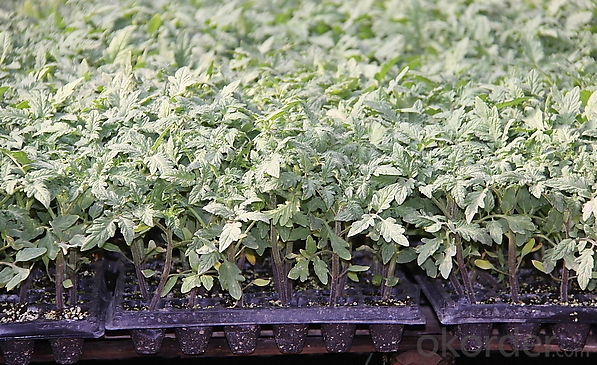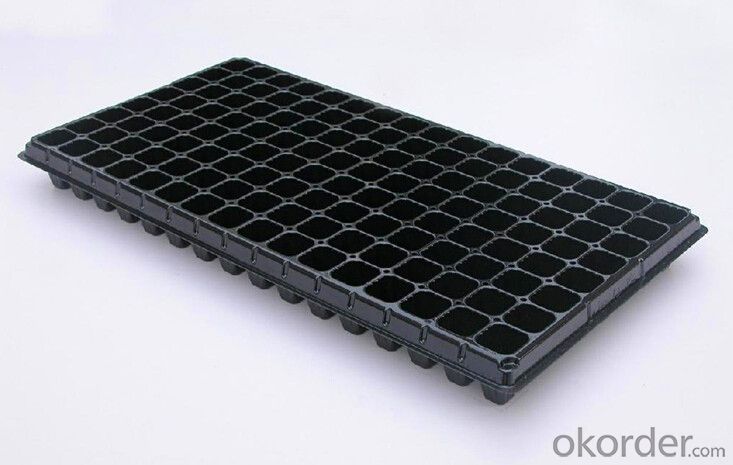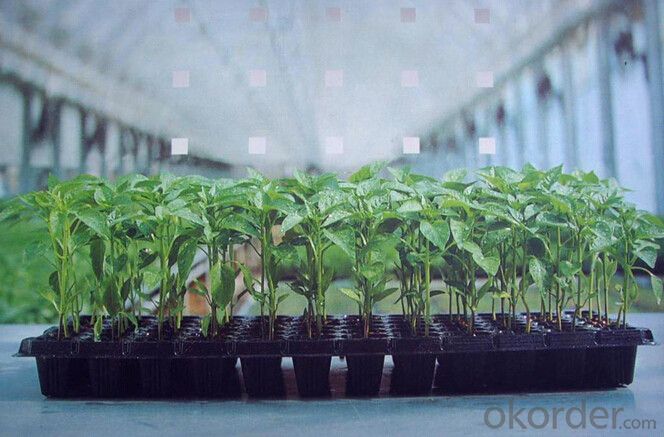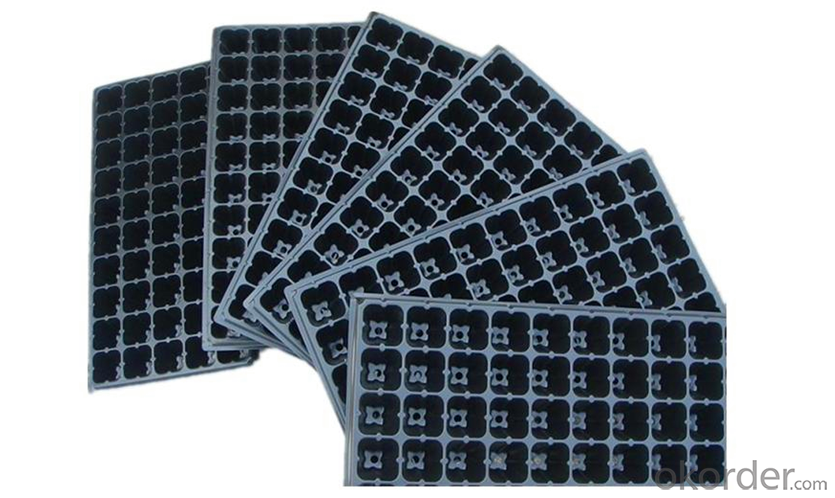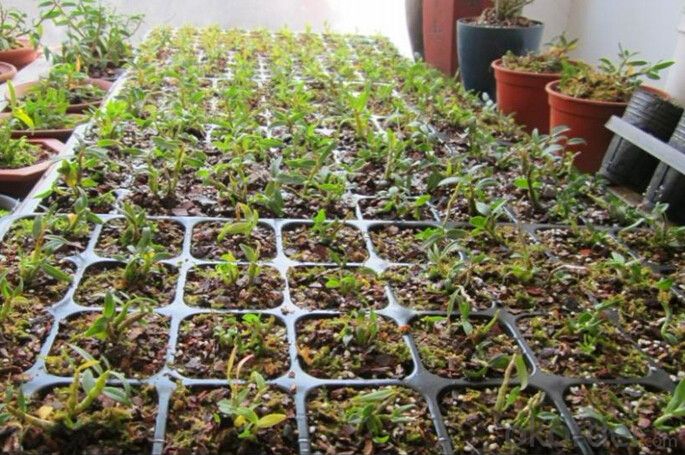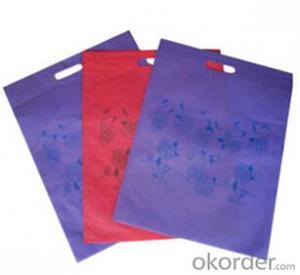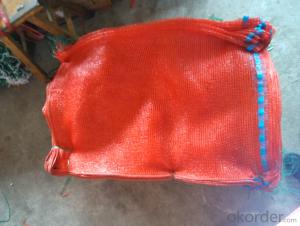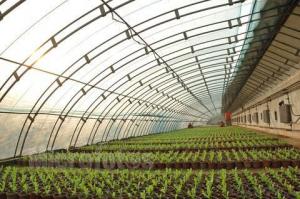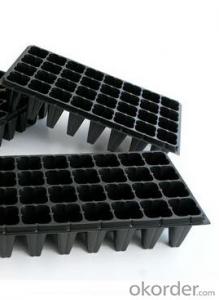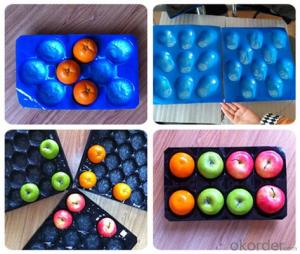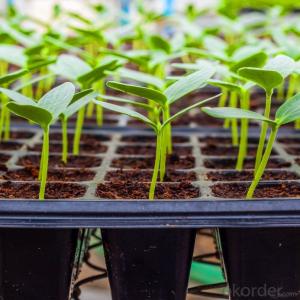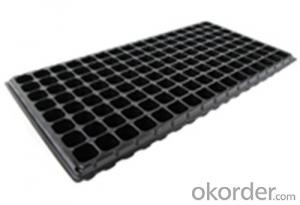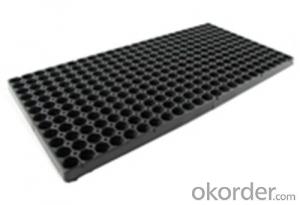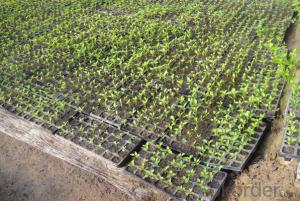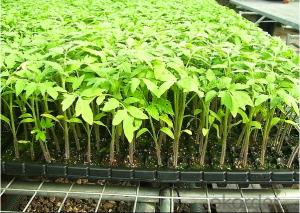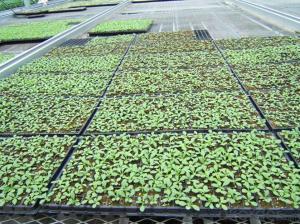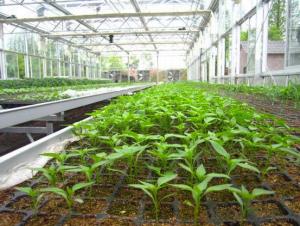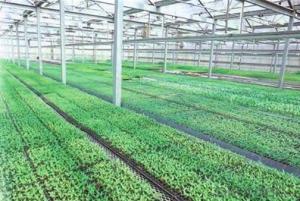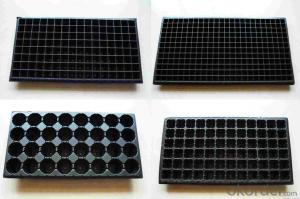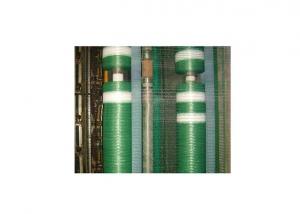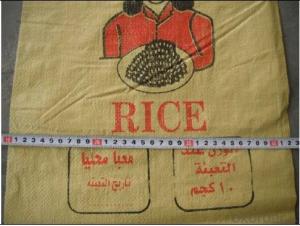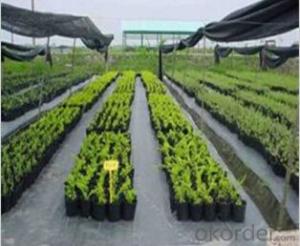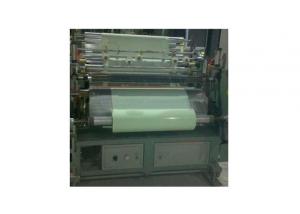(Growing and Seedling) Greenhouse Usage HIPS Made Plastic Plug Trays Seed Tray
- Loading Port:
- China main port
- Payment Terms:
- TT OR LC
- Min Order Qty:
- 3000 pc
- Supply Capability:
- 50000 pc/month
OKorder Service Pledge
OKorder Financial Service
You Might Also Like
Brief Introduction to CNBM:
CNBM International Corporation (CNBM International) is the most important trading platform of CNBM Group Corporation, a state-owned company under the direct supervision of State-owned Assets Supervision and Administration Commission of the State Council.
CNBM International is highly recognized by its business partners and clients all over the world and has obtained rapid development under the spirit of win-win. We will carry on the mutual beneficial, innovative and revolutionary trading structure as we did before, create value for our employees, share holders and clients and benefit the whole society in our future development.
Features of Plug Trays (Growing and Seedling) HIPS Made Plastic Plug Tray for Greenhouse:
· Material: HIPS
· Thickness: 0.5mm-1.5mm, Standard:1mm
· Weight: 80g(±5)g-230g(±5)g, Standard weight:155g(±5)g
· Size: length:490mm-540mm, width:190mm-345mm,depth:25mm-150mm
· Standard:540mmX280mm
· Cell count: 18-512
· Package: In Carton
· Warrenty: 8-10 times
Picture:
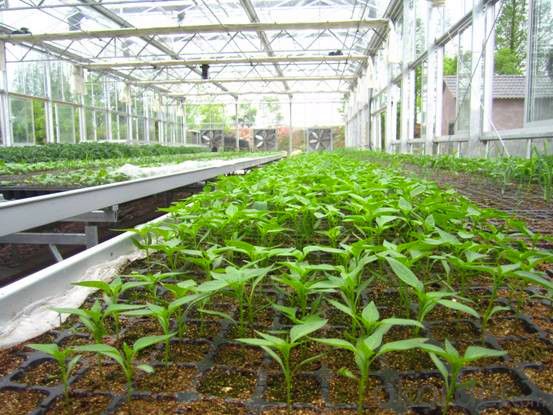
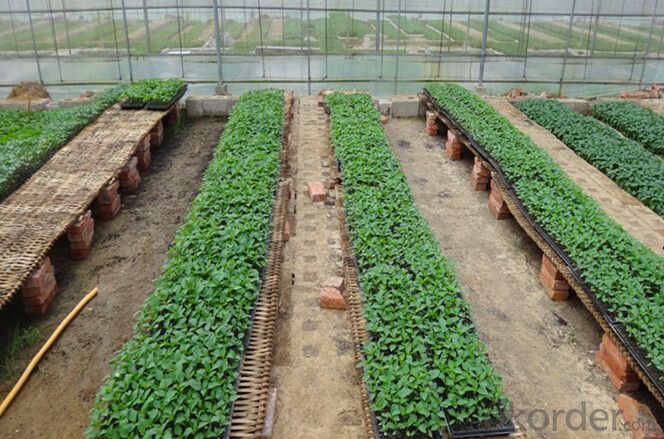
Specification of Plug Trays (Growing and Seedling) HIPS Made Plastic Plug Tray for Greenhouse:
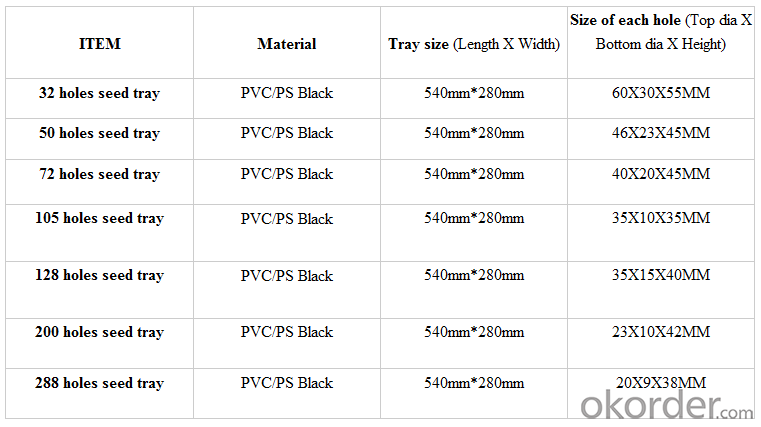
FAQ of Plug Trays (Growing and Seedling) HIPS Made Plastic Plug Tray for Greenhouse:
Q:1.How many times can the seed tray be used?
A: Under the same environment, it is decided by the thickness. Usually 0.6mm thickness can be used for 1 or 2 times.
1.0 thickness can be used for 3-4 times. 1.5 thickness can be used for 8-10 times.
Q: 2.How long is the production time?
A: Usually one to two weeks.
Q: 3.How is the seed tray being packaged?
A: They can be packaged in carton or pallets. Carton size is 1375px*725px*1250px.
- Q: hi everyone.i want to do a project on biodegradable plastic concentrating strictly on the materials which constitute it.can anyone direct me or give me some useful links with information about the same
- problematic aspect. research over a search engine. it may help!
- Q: How long does it take for ground cover to establish and fill in?
- The time it takes for ground cover to establish and fill in varies depending on various factors such as the type of ground cover, growing conditions, and the desired coverage. Generally, it can take anywhere from a few weeks to several months for ground cover to establish and start filling in. However, some fast-growing ground covers can provide coverage within a few weeks, while slower-growing varieties may take longer, possibly up to a year or more.
- Q: Do nursery trays come with a bottom watering system?
- No, nursery trays typically do not come with a bottom watering system.
- Q: What types of plastic bags are used for bird seed packaging?
- The types of plastic bags commonly used for bird seed packaging include polyethylene bags, polypropylene bags, and laminated bags.
- Q: How do you prevent ground cover plants from spreading too aggressively?
- One way to prevent ground cover plants from spreading too aggressively is by regularly dividing and thinning them. This helps to control their growth and maintain a desired level of coverage. Additionally, creating physical barriers such as edging or installing root barriers can help contain their spreading tendencies.
- Q: i know that you can get cancer from heating up plastic, like in a microwave, but can you get it from freezing plastic, like in a freezer. ????
- the federal, and california government says you can get cancer from looking at plastic. the only thing that doesn't give you cancer is... . .. .. (sorry, i don't think there is any ting left)
- Q: there is a plastic guard at the front, as well as plastic on the sides and back.how do i make it shine? any specific products?
- You can go to your local Autozone and get a plastic shine they have many different kinds. I found one in red bottle with a black label i cant remember the name of it but it works great.
- Q: What are the benefits of using plastic tree shelters for young tree protection?
- Using plastic tree shelters for young tree protection offers several benefits. Firstly, these shelters provide physical protection against harsh weather conditions, such as strong winds, heavy rain, and extreme temperatures, allowing the tree to establish and grow in a controlled environment. Secondly, the shelters also act as a barrier against herbivores and pests, preventing them from damaging or feeding on the young trees. Additionally, the plastic material of these shelters creates a microclimate that promotes faster growth and reduces water stress by retaining moisture around the tree. Lastly, the transparent nature of the shelters allows sunlight to reach the tree, facilitating photosynthesis and ensuring healthy development. Overall, plastic tree shelters are an effective tool for enhancing the survival rate and growth of young trees.
- Q: i mistakenly asked for an opposing argument FOR plastic bags! but i'm actually AGAINST plastic bags! and i need help! its for my english paper! please and thank you.
- Rockefeller education at is best.
- Q: Can nursery trays be used for growing aquatic plants?
- No, nursery trays are typically not suitable for growing aquatic plants as they lack the necessary features for water retention and proper root development.
Send your message to us
(Growing and Seedling) Greenhouse Usage HIPS Made Plastic Plug Trays Seed Tray
- Loading Port:
- China main port
- Payment Terms:
- TT OR LC
- Min Order Qty:
- 3000 pc
- Supply Capability:
- 50000 pc/month
OKorder Service Pledge
OKorder Financial Service
Similar products
Hot products
Hot Searches
Related keywords
